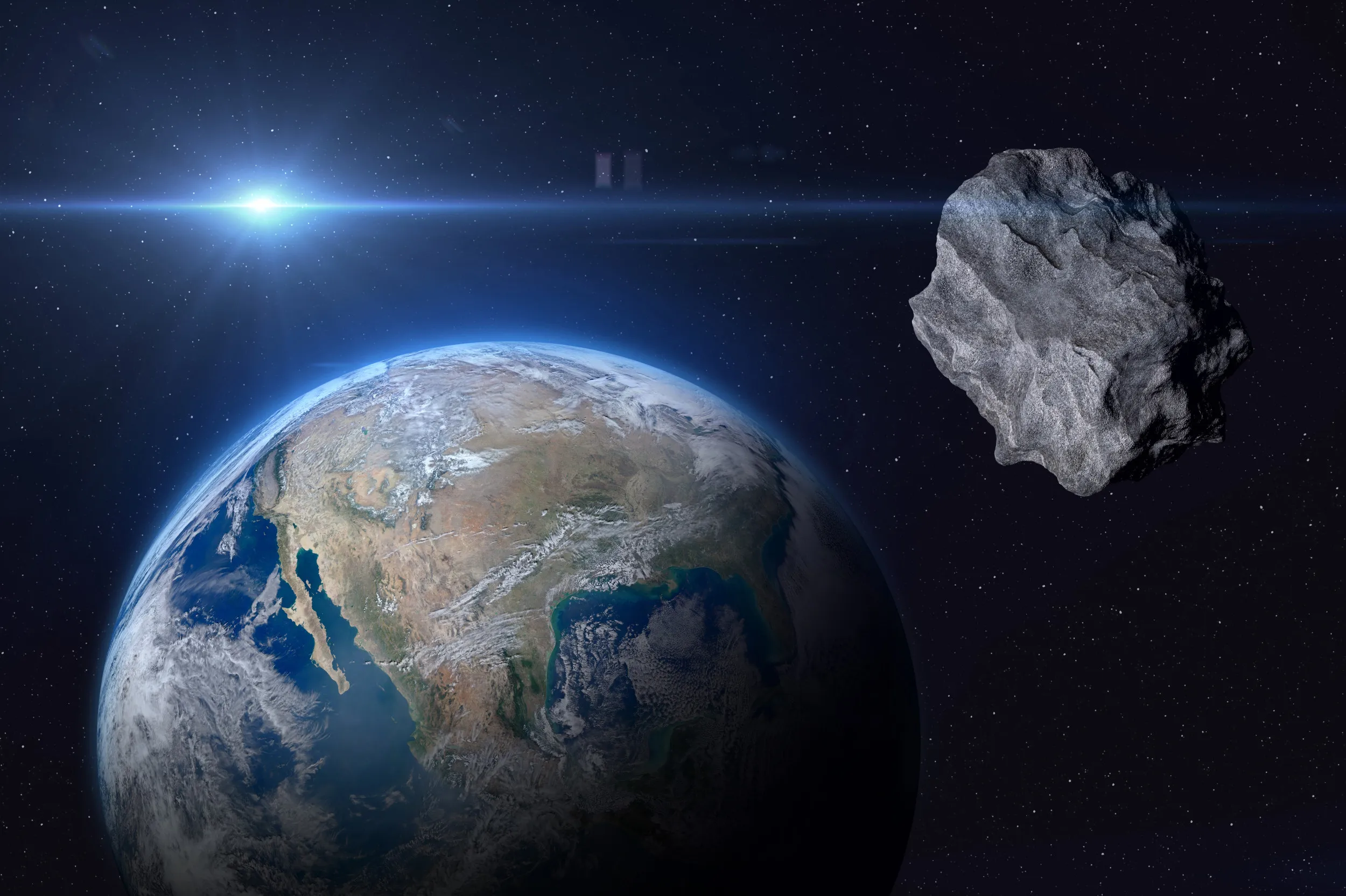Is an Asteroid About to Strike Earth? What You Need to Know Now!
In the vast expanse of our solar system, the possibility of an asteroid collision has long captured the imagination of scientists and the public alike. Rest assured, current scientific evidence suggests that Earth is not facing an imminent asteroid threat, but the topic remains a critical area of scientific research and planetary defense.
The Current Landscape of Asteroid Threats
NASA’s Planetary Defense Coordination Office continuously monitors Near-Earth Objects (NEOs), with over 34,000 known asteroids currently tracked. These celestial wanderers pass near our planet regularly, but most pose no significant risk to human civilization.
Understanding the Asteroid Risk
Let’s break down the actual probability of an asteroid impact:
- Smaller Asteroids: Approximately dozen-meter asteroids hit Earth every few years
- Medium-sized Impacts: City-destroying asteroids occur every few thousand years
- Catastrophic Collisions: Kilometer-scale asteroids strike roughly every 10 million years
“Early detection is our best defense against potential asteroid threats,” says Dr. Elena Rodriguez, a leading planetary defense expert.
Upcoming Close Encounters
One of the most anticipated asteroid approaches is Apophis, discovered in 2004. This celestial object will pass within 30,600 kilometers of Earth on April 13, 2029 – close enough to be fascinating, but not close enough to cause alarm.
Technological Advancements in Asteroid Detection
The scientific community has made remarkable strides in asteroid monitoring:
- Vera C. Rubin Observatory will enhance NEO detection capabilities
- NASA’s OSIRIS-APEX mission will study Apophis in unprecedented detail
- Advanced tracking systems provide continuous monitoring
Potential Impact Scenarios
While the thought of an asteroid strike might seem terrifying, the reality is far less dramatic. Most asteroids:
– Burn up in Earth’s atmosphere
– Explode before reaching the ground
– Pass by without incident
Historical Context: The Tunguska Event
The 1908 Tunguska event in Siberia serves as a powerful reminder of asteroid potential. This small asteroid flattened trees across a vast area, demonstrating the destructive power of even relatively small space rocks.
Planetary Defense Strategies
International collaboration is key to addressing potential asteroid threats. Organizations like NASA and global space agencies are developing sophisticated deflection technologies:
- Kinetic Impactors: Successfully demonstrated with the DART mission
- Gravitational Tractors: Theoretical methods of altering asteroid trajectories
- Early Warning Systems: Continuous monitoring and research
Public Awareness and Preparedness
Sensationalist headlines often misrepresent asteroid risks. The truth is that:
– No imminent threat has been identified
– Scientific monitoring is constant and improving
– Agencies like NASA work closely with emergency management teams
What Can You Do?
- Stay informed through reliable scientific sources
- Understand the actual probabilities
- Support scientific research in planetary defense
The Bottom Line
While asteroids represent a fascinating area of scientific study, there’s no need for immediate concern. The chances of a catastrophic asteroid strike remain extremely low, and our technological capabilities for detection and potential deflection continue to improve.
Remember: Knowledge is the best defense against cosmic uncertainties.
Disclaimer: This information is based on current scientific understanding and is subject to ongoing research and discovery.
Reporting by Asteroid Monitoring Team | Last Updated: [Current Date]






Leave a Comment